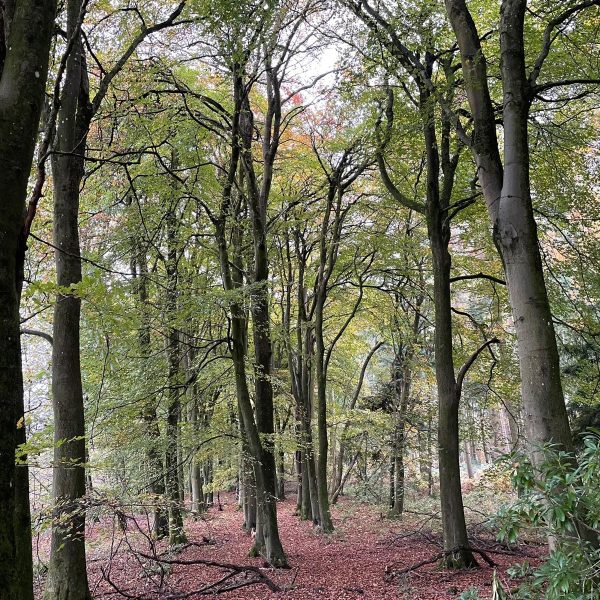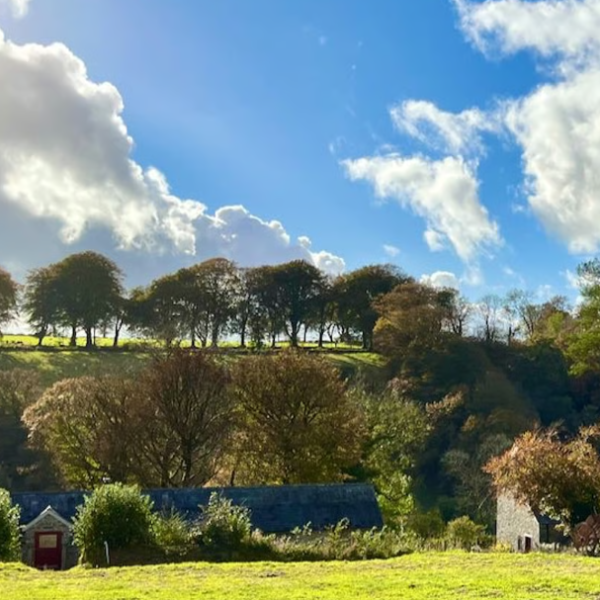
Bringing your area’s unique heritage to life
Intangible heritage encompasses folklore, traditions, language, and knowledge (ie anything that makes your area unique). UNESCO’s Intangible Cultural Heritage list includes everything from French baguettes to Catalan human towers. Seek out quirky heritages like this that could make your area fascinating for visitors.
The UK of course has myriad traditions. Take the Common Ridings in the Scottish Borders, the Lewes fire processions, and Burghead’s ‘Burning the Clavie. How about Up Helly Aa, or less-celebrated but distinctive age-old community events like Jersey’s Battle of the Flowers? Heritage lives on not only in events but also through traditional arts, crafts, and foods, which appeal to visitors seeking authentic experiences – whose spending supports local businesses.
Leverage your tangible heritage
The UK is home to 58 UNESCO World Heritage sites, from Canterbury Cathedral to Neolithic settlements in Orkney and top tourist attractions like the Tower of London and Stonehenge. But aside from the big hitters, the UK is so rich in heritage that a little exploration will reveal local gems that you can use to attract potential visitors. Tangible heritage sites such as mills, potteries, churches, castles, windmills, and blackhouses reveal insights into your area’s history, appealing to visitors looking for a deeper local experience.
Heritage doesn’t have to be ancient history; popular culture also helps bind the past with the present, for example, film locations from Giant’s Causeway (Game of Thrones) to Doune Castle (Monty Python and the Holy Grail).

Make the most of your natural attractions
Natural heritage is defined as ‘significant landscapes containing natural environments of aesthetic, historic, scientific, social or other significance’. UNESCO’s UK list includes attractions as diverse as Dorset’s Jurassic Coast and the Slate Landscape of Northwest Wales. Such places will interest visitors seeking to discover how natural processes have shaped the land and influenced the way we have lived for thousands of years.
Visitor economy businesses – whether accommodation provider, tour operator, bike rental company or retailer – can engage potential customers by promoting local natural heritage sites such as dark sky areas, geoparks, and areas of rich biodiversity. Consider also long-distance walking routes, gardens, and designed landscapes that attract people seeking the mental health benefits of spending time in the great outdoors.
Share the love for our heritage
Sharing local knowledge about all forms of heritage in your area will benefit not only your business but also contribute to the sustainability of the local economy – and to the preservation of your community’s unique heritage for generations to come.
For more advice about how to attract customers to your Green Tourism business, you’ll find many more tips in our Marketing Playbook.
Euan Haggart, Environment and Sustainability Assessor









